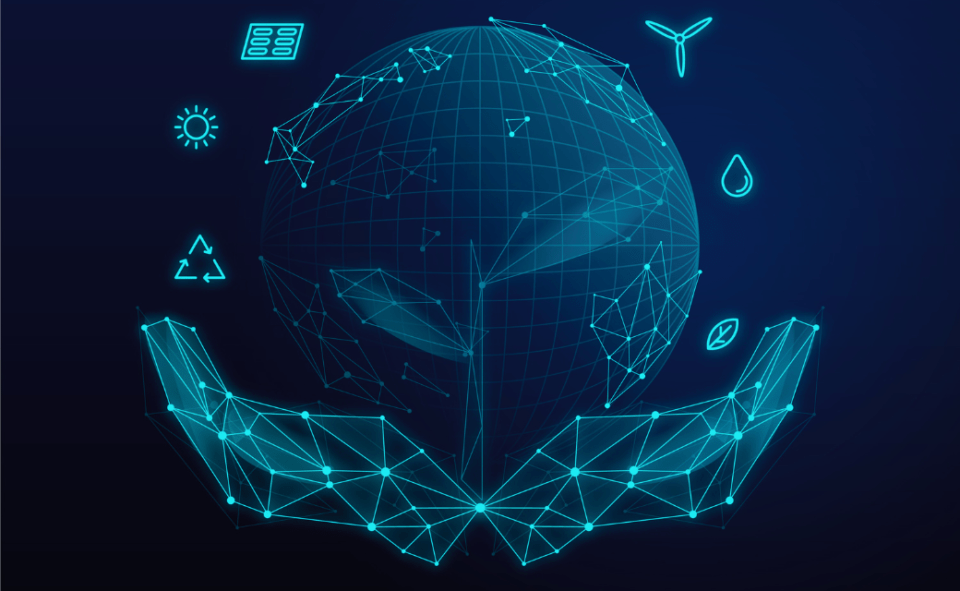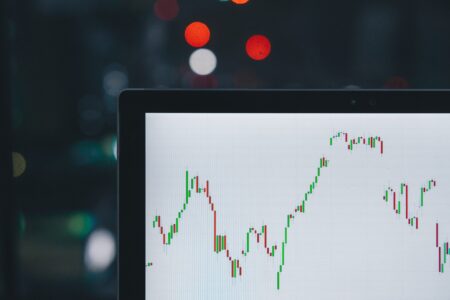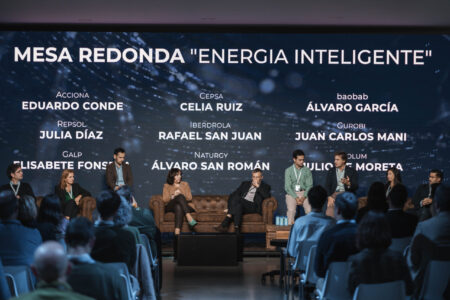Computer vision is a branch of artificial intelligence that focuses on training machines to interpret and understand the visual world in a similar way to how humans do. It uses algorithms and computational models to analyze and process images and videos, extracting meaningful information and making decisions based on that information.

The applications of the artificial vision are diverse and cover numerous fields, from medicine and manufacturing to autonomous vehicle driving. It can perform tasks such as facial recognition, object classification, motion tracking, anomaly detection, and generating automatic descriptions of visual content.
Applications
In the energy sector, computer vision can play a key role in optimizing operational efficiency and improving safety. Among the main applications of techniques based on artificial vision, we can highlight:
- Monitoring critical infrastructure, such as power plants, using cameras and vision systems allows early detection of possible failures or anomalies. These systems can visually analyze the condition of equipment, identify wear patterns, and predict problems before equipment failure occurs…
- Inspection of facilities, such as wind farms and solar panels, facilitating the rapid and accurate assessment of the integrity of components, which contributes to more efficient and sustainable management of energy resources.
- Vegetation management on transmission lines: artificial vision is used to monitor and manage vegetation in the vicinity of electrical transportation and distribution lines. The systems can automatically identify the presence of vegetation that could pose a short circuit risk or interfere with power transmission. This helps electricity companies to carry out pruning interventions efficiently and prevent possible service interruptions caused by vegetation and, therefore, avoiding possible penalties.
- Identification of bird species or other moving objects in the vicinity of a wind farm. Vision systems implement specialized algorithms that analyze images captured by cameras installed on wind turbines to detect the presence of birds in the vicinity. These algorithms allow evaluating its size, speed and trajectory. For example, this system can automatically alert when birds approach the turbine areas, allowing preventive measures to be taken, such as slowing down the blades or temporarily stopping the operation.

The results generated by computer vision models in the energy sector not only have an immediate impact on anomaly detection and problem prevention, but also serve as a valuable starting point for the implementation of maintenance optimization models.
Therefore, the information collected through computer vision, which identifies wear patterns, possible failures or intervention needs, becomes fundamental data to develop more efficient and personalized maintenance strategies. By integrating this data into optimization models, companies can schedule predictive maintenance interventions at strategic times, maximizing operational availability, reducing costs associated with unplanned repairs and prolonging the useful life of assets. This data-driven approach provides more proactive and efficient maintenance management, improving the reliability of energy installations and optimizing resource management.
In conclusion, the integration of computer vision in the energy sector not only results in substantial improvements in operational efficiency, but also plays an essential role in the evolution towards a more advanced, resilient and sustainable energy system. By enabling early failure detection, maintenance optimization and efficient resource management, machine vision not only minimizes operational costs and maximizes infrastructure availability, but also supports efforts to mitigate environmental impacts. This technology not only stands as a key component in intelligent asset management and facility security, but also contributes significantly to the global transition towards cleaner and renewable energy sources. Artificial vision is consolidated as a very interesting technology for the future of the energy sector, promoting the adoption of more intelligent and responsible practices.
If you belong to the energy sector and want to know more or share experiences in a forum that will bring together professionals from the sector. Register now and reserve your place at the next meeting “Energía Inteligente IA y transformación digital”, which will be held in Madrid on November 28, 2023.


